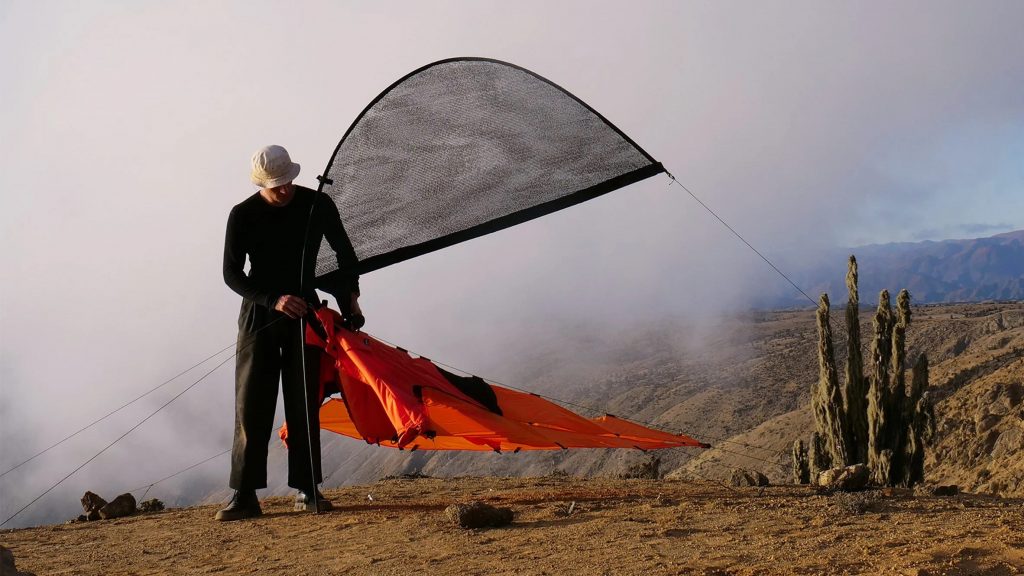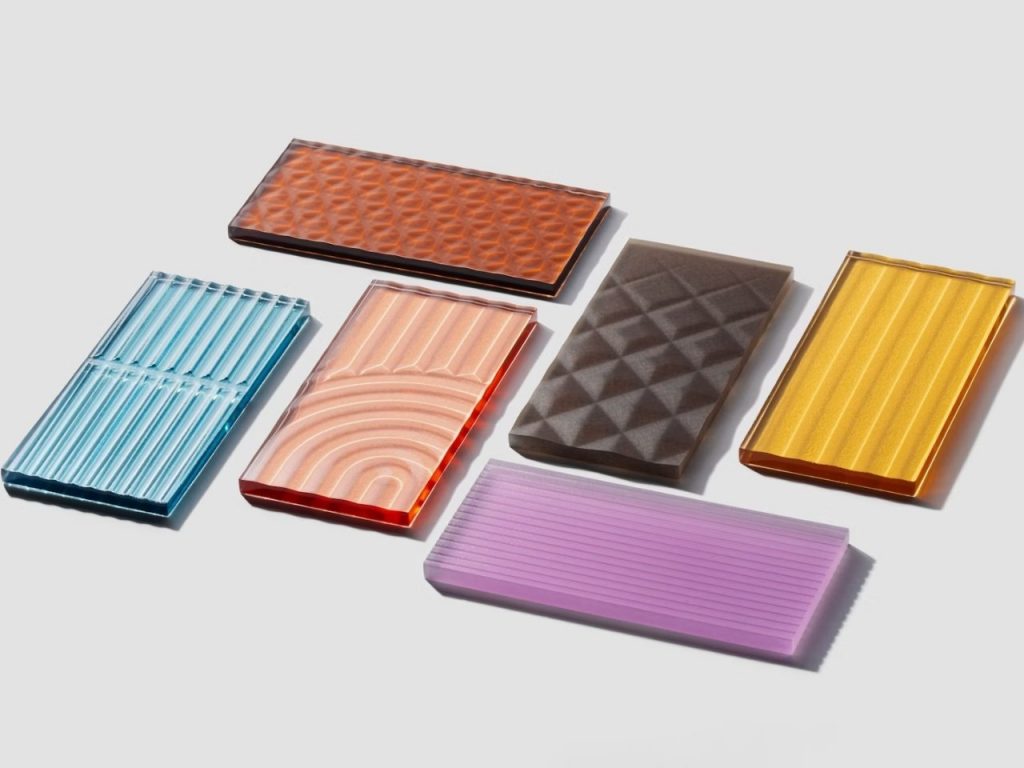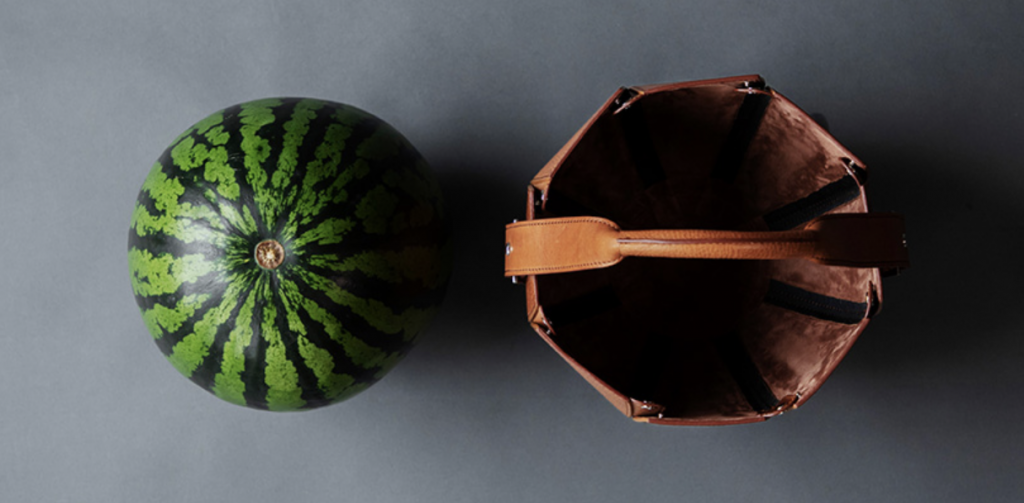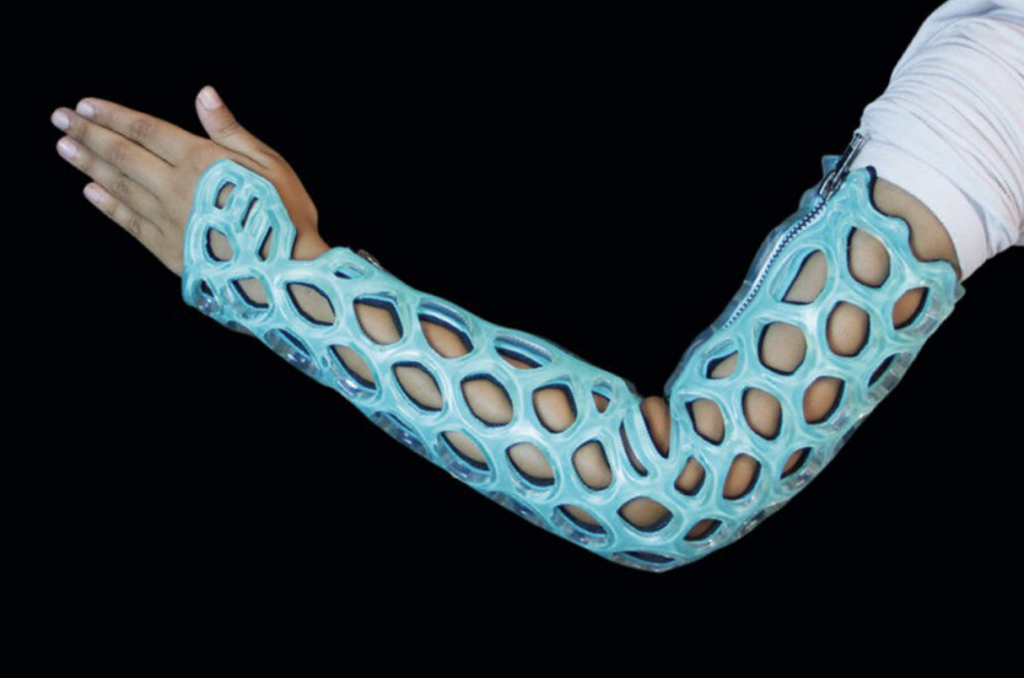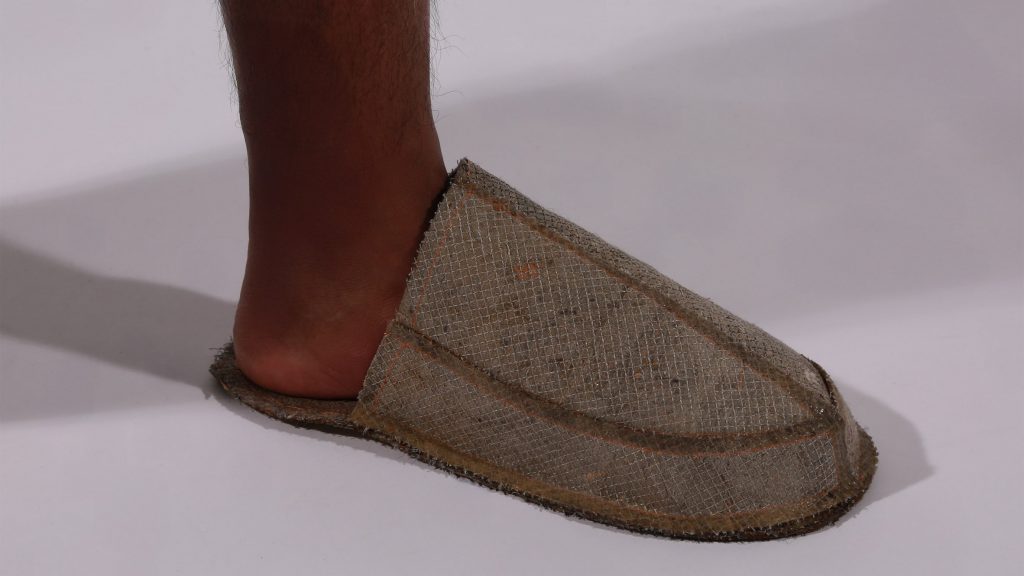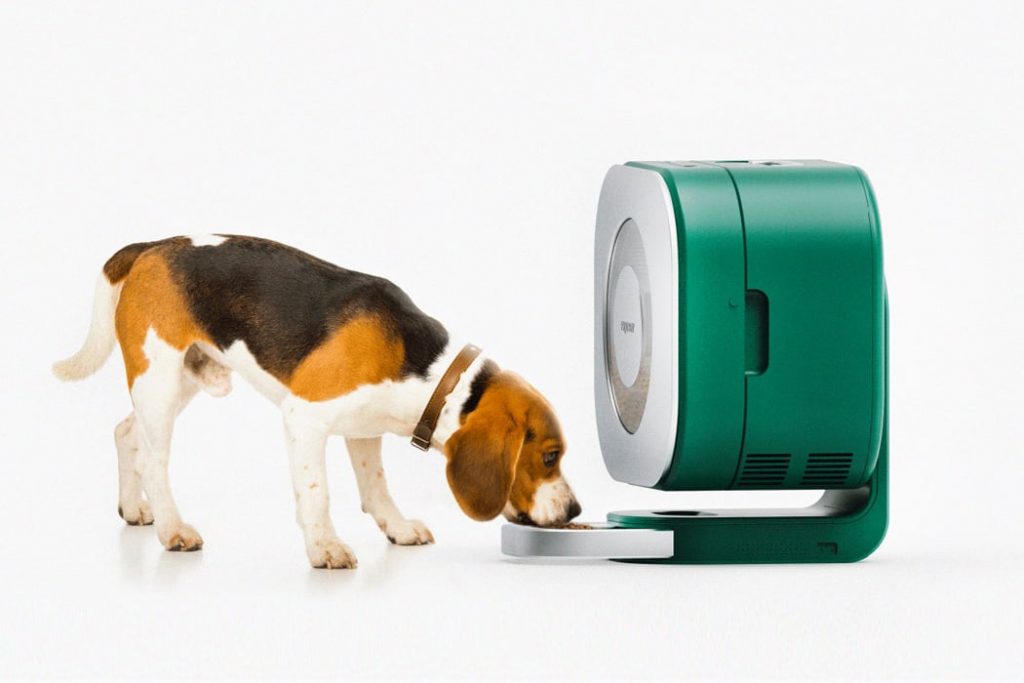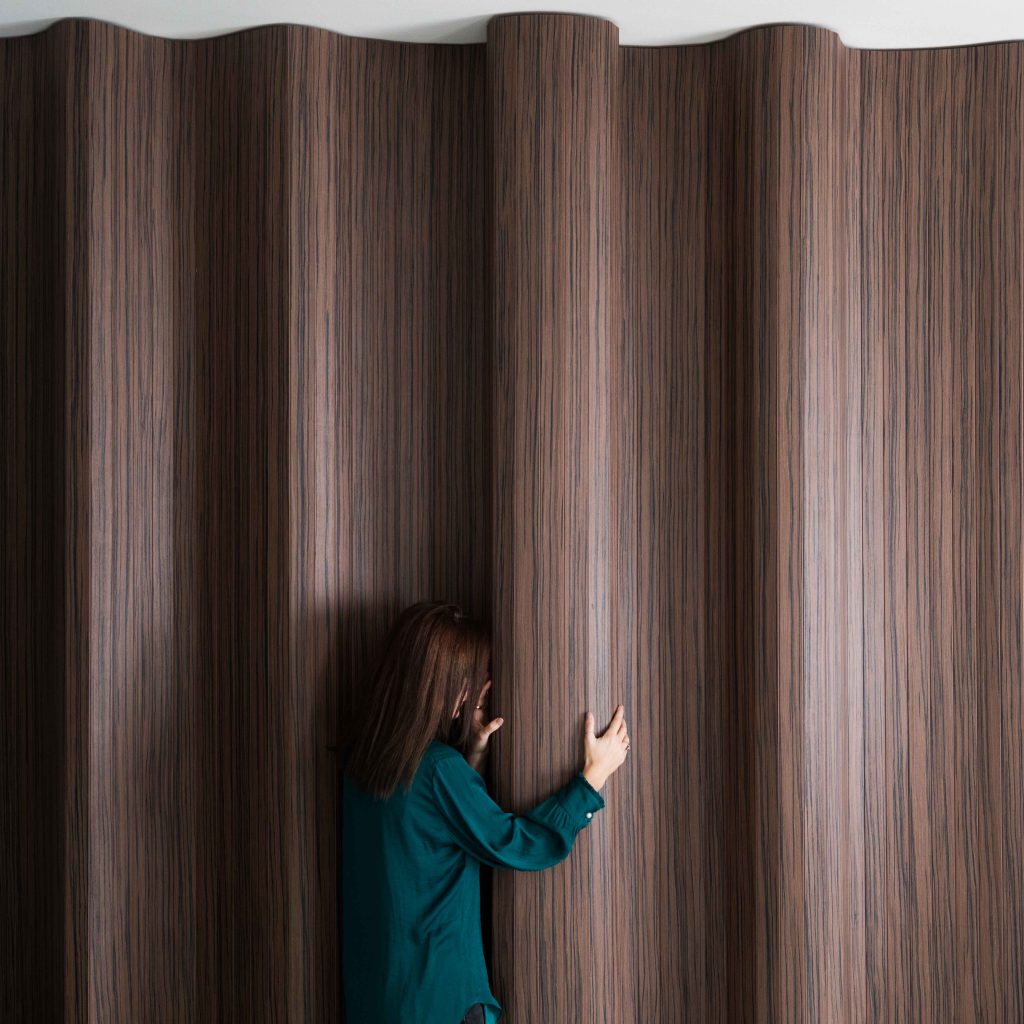As global water scarcity intensifies, a new wave of designers is stepping in — not with massive dams or government-funded infrastructure, but with smart, sustainable, and beautifully simple innovations. From fog-catching fabrics to retrofitted drainpipes and wearable water harvesters, these concepts represent a shift in how we think about design: not just as a tool for function or aesthetics, but as a means of survival. At the intersection of innovation and environmental stewardship, water harvesting has never looked more intelligent — or more inspiring.
